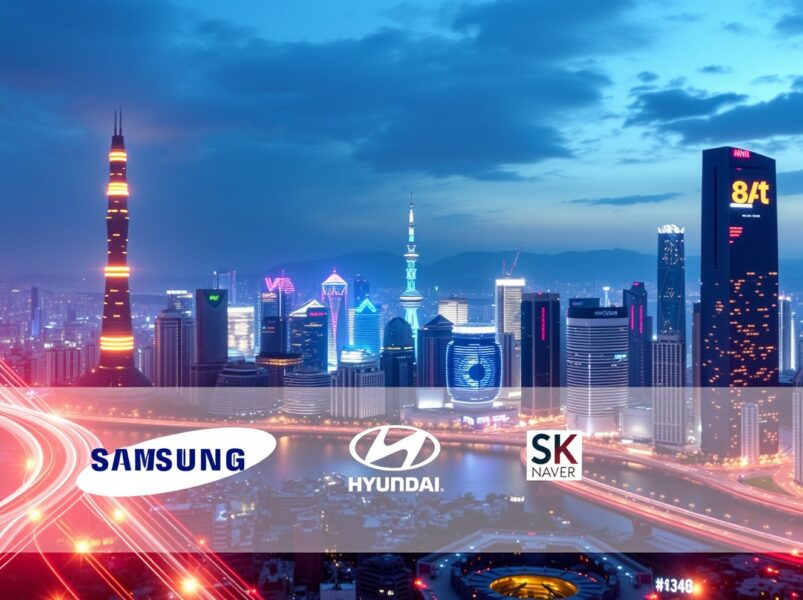ETH Whales Are Shifting Profits From $4,479 Ethereum Into Ozak AI Presale Before It Crosses $0.014
At present, Ethereum whale investors are redirecting their profits into emerging presale tokens. Among them, Ozak AI, a new crypto project with AI-powered functionalities, brings custom AI tools and tokenized growth with blockchain technology.
The main reason behind this whale accumulation is currently Ozak AI is presale phase, priced at $0.012, as the next phase will be increased to $0.014, so whales are positive to shift their investment to $OZ as the current phase represents a unique chance to invest as well as to reap the projected benefits.
Ozak AI’s Presale Growth and Ethereum Whales Accumulation
Since Ozak AI is in its presale process. It stands in Phase 6, and each $OZ token costs $0.012. With that, it raised its presale amount more than $4.20 million and sold 983 million tokens. Seeing this growth, it planned to increase the price in the next Phase to $0.014, and the end targeted presale price is $1, representing an 8,233% rally from the current price.
The distribution of tokens is a major driver of demand; just 30% of the 10 billion supply is set aside for presale fundraising. Early adopters have been drawn to this scarcity, especially cryptocurrency whales, who are already rerouting Ethereum earnings into $OZ tokens in order to diversify their holdings.
Ozak AI stands as a desirable option for both strategic growth and long-term engagement since large investors are attracted not only by the presale upside but also by the platform’s usefulness and extra advantages.
Youtube embed:
Next 500X AI Altcoin.
Ozak AI’s Platform Features and Token Uses
The AI-powered architecture of Ozak AI makes automation, intelligent analytics, and even well-designed smart contracts possible. It functions across several blockchain ecosystems because of its cross-chain functionality. Then users can design their custom Prediction Agents (PAs) without knowing how to code for their special cases.
Its intricate structure is driven by the Ozak Stream Network (OSN) for high-speed data processing connected with Decentralized Physical Infrastructure Networks (DePIN) to securely store this data across several places. Also, the platform offers Ozak AI Data vaults. By leveraging DePIN and encrypted data vaults, Ozak AI guarantees user privacy and data security, allowing safe connectivity to wallets and exchanges.
The platform’s native $OZ token provides general functions like staking and governance, which also provide access to premium real-time data streams and special AI agents for cryptocurrency prediction. This complete paradigm helps in $OZ’s consistent growth.
Key Partnerships Enhance Platform’s Growth
A recent partnership with Meganet that enables real-time financial insights and quick data processing. The collaboration with SINT provides the platform with autonomous agents that can perform AI-driven market signals across blockchains in real time.
Applying AI in financial markets securely and confidentially is made simpler by collaborating with Phala Network, improving cross-community activities, and speeding up workflows. Also, Ozak AI partners with Celo, it is an Ethereum Layer 2 which is for speedy, low-cost payment systems. Thus, the trust and growth potential of Ozak AI are supported by Ozak AI’s strategic partnership moves.
Conclusion
Ethereum whales started shifting their funds into Ozak AI as its Phase 6 presale provides a unique opportunity for early access. $OZ is not just another cryptocurrency; its AI-powered platform, limited token supply, increasing market cap, and strategic alliances make it a high-potential presale token with high returns when entering before the $0.014 phase.
For more information about Ozak AI, visit the links below:
Website: https://ozak.ai/
Twitter/X: https://x.com/OzakAGI
Telegram: https://t.me/OzakAGI
Disclaimer: This is a paid post and should not be treated as news/advice. LiveBitcoinNews is not responsible for any loss or damage resulting from the content, products, or services referenced in this press release.
The post ETH Whales Are Shifting Profits From $4,479 Ethereum Into Ozak AI Presale Before It Crosses $0.014 appeared first on Live Bitcoin News.
You May Also Like

Nvidia AI Ignites Revolutionary Partnerships in South Korea’s Tech Future

Tether's net profit exceeded $10 billion in the first three quarters, and the circulating supply of USDT reached $174 billion.
